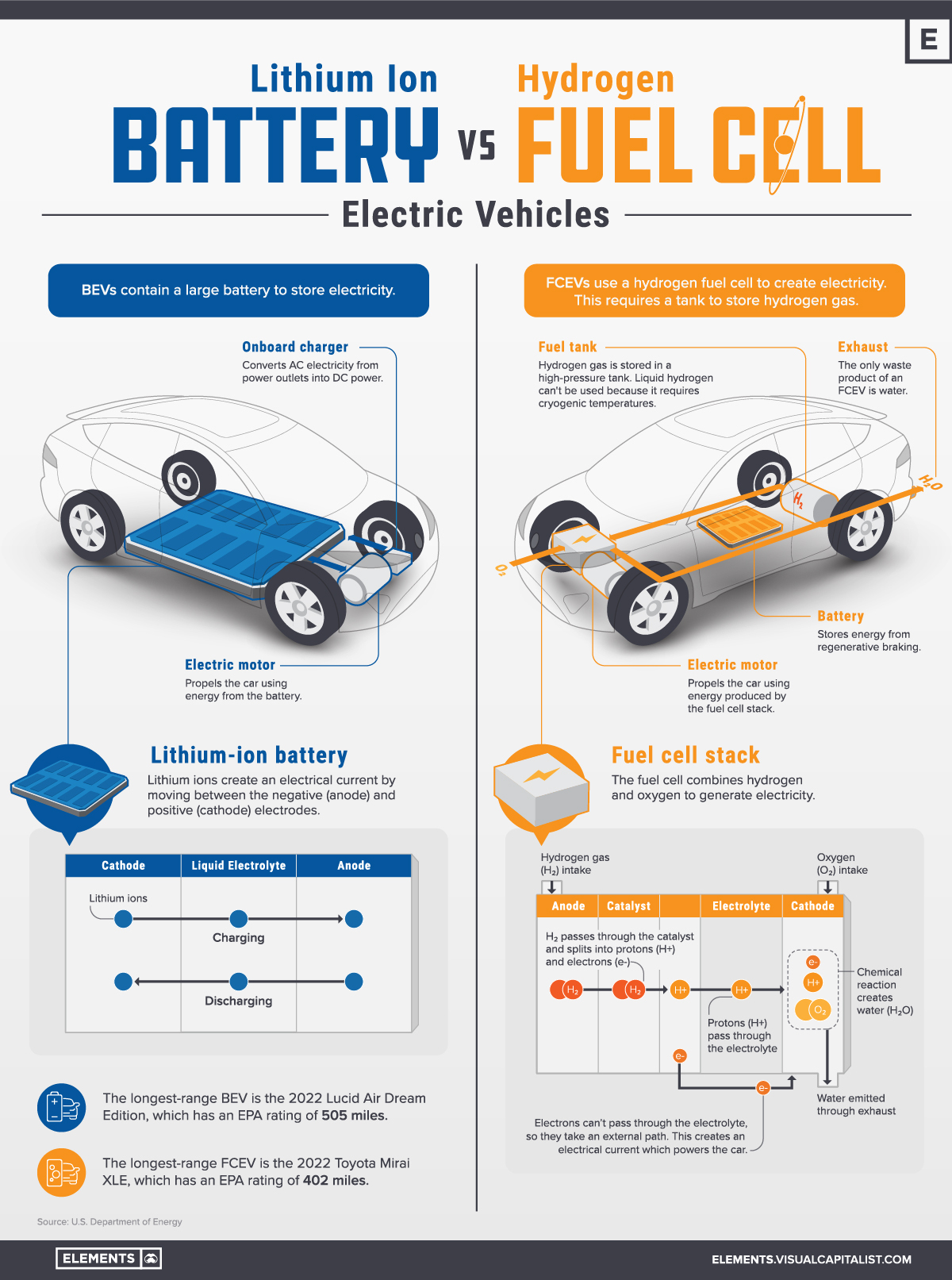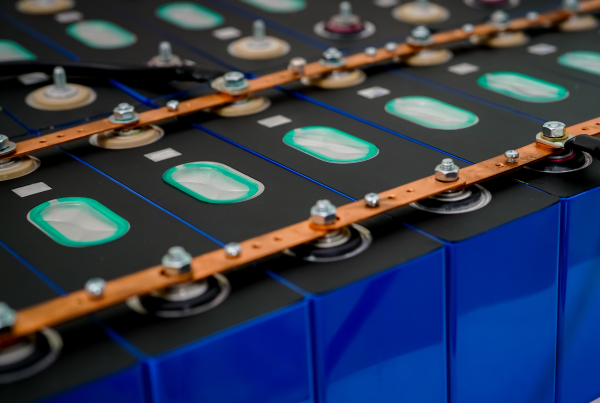As New Zealand embraces the urgent need for a sustainable future, the automotive industry plays a vital role in shaping how we move and consume energy. With a growing emphasis on reducing greenhouse gas emissions and dependency on fossil fuels, two promising technologies have emerged as potential alternatives to internal combustion engines (ICE): Hydrogen Fuel Cell Vehicles (FCVs) and electric vehicles (EVs).
Here, we explore each technology’s strengths and challenges and assess their potential to transform the transportation sector!
What are Hydrogen fuel cell vehicles?
Hydrogen fuel cell vehicles (FCVs) use Hydrogen to generate electricity, producing only water vapour as a byproduct.
Green Hydrogen is sorted under pressure in cylinders within vehicles and converted into electricity to power electric motors. FCEVs utilise the stored Hydrogen and combine it with oxygen from the air to generate electricity. This electricity is then used to propel the vehicle’s electric motor and recharge its battery.
Read more on How FCEVs work?
One of the primary advantages of HFCVs is their ability to provide a long driving range and quick refuelling times, mirroring the convenience of traditional gasoline-powered vehicles.
Moreover, hydrogen can quickly be produced through various methods, including electrolysis powered by renewable energy sources like solar and wind.
So why do we not see many HFCVs on our roads?
Firstly, the infrastructure for hydrogen refuelling stations is minimal and requires substantial expansion investments, which New Zealand is yet to commit to. Additionally, hydrogen production and transportation involve energy-intensive processes, raising public concerns about efficiency and cost-effectiveness. There is also a need to address the potential safety risks of handling and storing Hydrogen.
However, New Zealand has seen an increasing presence of Hydrogen-powered transport, with Hyundai being the first to trial this technology by importing New Zealand’s first FCEV trucks.
Hydrogen may be a practical solution for the heavy transport sector.
As a clean and versatile energy carrier, Hydrogen has the potential to revolutionise the way we power various modes of heavy transportation, including trucks, buses, trains and ships.
Here are some key reasons FCEV will benefit the heavy transport sector:
- Zero emissions: As mentioned previously, one of the most significant advantages of Hydrogen is its ability to produce zero emissions when used as a fuel. Hydrogen fuel cells convert hydrogen gas into electricity, the only byproduct being water vapour. This means FCEVs have no greenhouse gas emissions, helping mitigate heavy transport environmental impacts.
- Energy efficiency: FCEVs are more efficient than traditional combustion engines. The conversion of Hydrogen to electricity in fuel cells can achieve up to 60% efficiency, significantly higher than ICE and EVs. The higher efficiency translates into more mileage per kilogram of Hydrogen, making it an attractive option for long-haul journeys.
- Long range and quick refuelling: FCEVs offer extended driving ranges comparable to conventional cars, addressing the limited range associated with battery-range heavy vehicles. Refuelling a hydrogen vehicle is much faster than recharging an electric battery, only taking a few minutes, providing a similar experience to refuelling with gasoline or diesel, thus reducing downtimes and enhancing the productivity of heavy transport operations.
- Scalability: Hydrogen can be produced from various sources, including renewable energy (such as solar and wind) through electrolysis, where water is split into Hydrogen and oxygen. This scalability makes Hydrogen an attractive option for the heavy transport sector, as it can be produced in large (sustainable) quantities to meet the demand of long-haul transportation.
- Versatility: Hydrogen can be utilised in different forms for various heavy transport applications. In addition to fuel cells, Hydrogen can be combusted in internal combustion engines, blended with natural gas in dual-fuel engines, and used in fuel cell range extenders for EVs. This versatility allows for a smooth transition from conventional fuels to Hydrogen without requiring significant changes to the existing infrastructure.
So, how do EVs compare?
EVs have witnessed significant growth and adoption in recent years, propelled by advancements in battery technology and increased focus on renewable energy sources. EVs operate solely on batteries’ electricity, also delivering zero tailpipe emissions and offering a quiet and smooth driving experience. With the rapid expansion of charging infrastructure, EVs are a convenient alternative to ICE vehicles and better suited for the everyday driver than FCEVs
The Bottom line
Both FCEVs and EVs offer unique advantages and contribute to reducing greenhouse gas emissions. FCEVs excel in long-range capability and quick refuelling, making it ideal for specific applications such as heavy-duty transportation. On the other hand, EVs are more suitable for commuting and shorter trips, with the advantage of a growing charging infrastructure network.
However, the supply of green Hydrogen is currently limited in New Zealand. There is no existing commercial supply of green Hydrogen or a nationally accessible supply of biofuels. To support the transition to FCEVs, New Zealand must establish a commercially viable supply of green Hydrogen. Efforts are being made in the private sector to construct hydrogen plants and establish a hydrogen refuelling network.







